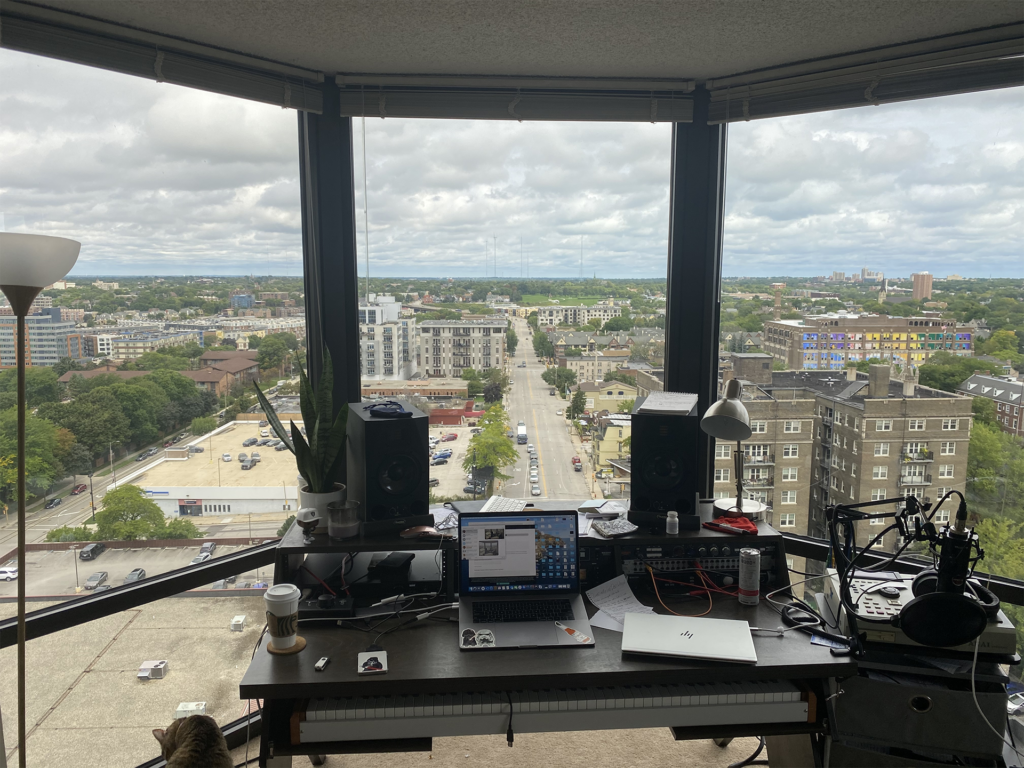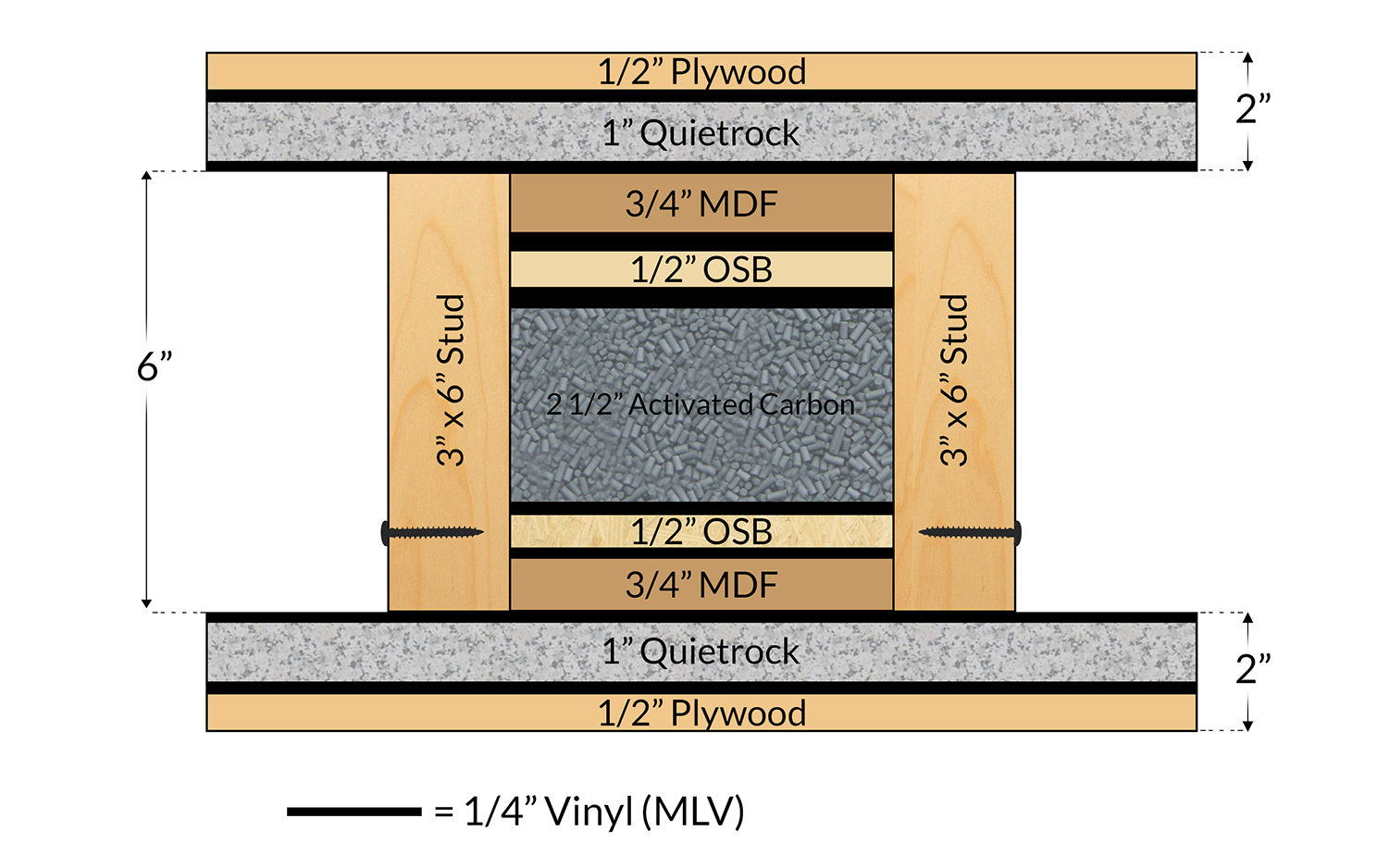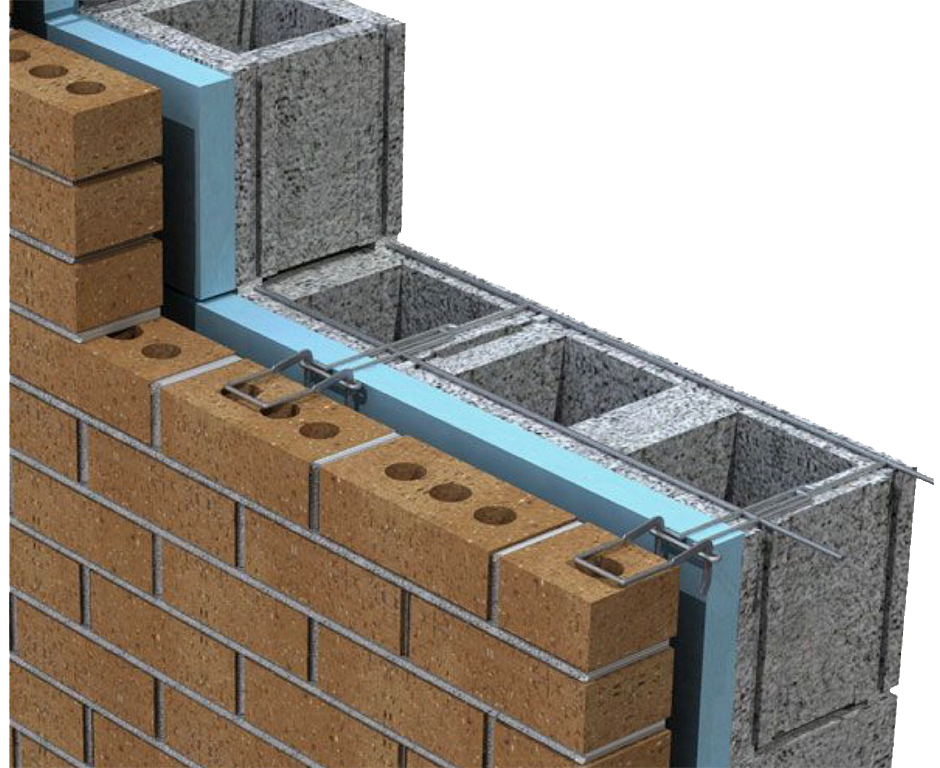
There is no such thing as sound dampening for windows. The process labeled dampening is a process that involves moisture. The term sound dampening for windows is not a correct use of the processes involved. The correct way to say sound dampening for windows is to say sound damping for windows. With this process you are trying to reduce the transmission of sound through the glass of the window. We are not placing moisture on the window by saying sound dampening for windows. If we eliminate the dampening part and replace it with damping, we have an acoustical treatment process we can work with. Sound damping is a process where we place absorption technologies to minimize their impact on sound quality. Sound absorption is often referred to as sound attenuation within this vibrational paradigm. Sound damping is also used when it comes to noise issues and their root cause of vibration. https://www.pella.com/performance/sound-resistance/soundproof-windows/
What you are really dealing with when it comes to noise is vibration transmission from room structure to room structure. If the room boundary surfaces are all the same material type and construction methodologies, then we have predictability and consistency in the structure so we know how to treat the vibrational energy that travels through them to create noise. We must look at treating all the surface areas when it comes to noise transmission. There is even a term for noise that goes around walls. The term is flanking noise. Windows are notorious for letting sound transmit through them. Sound is like water. It will find the weakest link and go through that area. Windows are usually the weakest link in a wall system. They lack the density of the wall and the density of the window itself is usually much less than the wall itself. Even a window with two panes of glass can be a weak link in a wall that is solid concrete. The entire wall floor ceiling system must all work together and have similar densities and construction methodologies in order to facilitate cost effective treatment types. With noise transmission issues to address, you must always measure the noise problem. Without knowing what you are up against, you will always fail at the treatment objectives. Physics is the law. Everything else is just a suggestion. https://www.acousticfields.com/sound-barrier-technology/

Noise transmission through glass must be measured. Noise transmission is defined as noise leaving your room and disturbing others or the opposite, sound from others entering your room and disturbing you. In order to assign the appropriate treatment types for any noise issue, we must first measure the noise over a seven day time period. We have a process where you download our apps to your phone and take measurements with your phone. You will measure it three times during each day. You will measure during the quietest part of the day and the loudest. You will also take a middle measurement between not too quiet and not too loud. You will record your findings in our on-line form and send it to us. We will analyze the data and send you a drawing of the structure (barrier) you will build. Noise transmission issues are always a permanent build out. There is no wall hanging panel that will stop noise. https://brennancorp.com/blog/best-windows-for-sound-reduction/
Every material type and construction methodology used in your barrier will be based upon your noise numbers. Each material type used within a barrier is frequency and amplitude dependent. You must match the material type used within the barrier to the noise frequency and amplitude you have measured. If your noise issues fall below 125 Hz., you will use one type of barrier. If your noise issues are above 125 Hz. you will use another barrier type. The lower frequency barrier will have more layers and more density or mass. The construction methodology of building a barrier for frequencies below 125 Hz. is different from the one used for frequencies above 125 hz. The arrangement of the material types and the thickness of the barrier increases as frequencies of noise go lower. There is a large difference between stopping the noise from the morning garbage truck or reducing the noise transmission of your neighbour’s TV

Lower frequency energy from a garbage truck will require more mass and proper construction methodologies than stopping the TV noise. Most lower frequency barriers we build are between 8″ and 12″ deep with many layers of material types. Once again, the material types we use are directly related to the frequency and amplitude of the noise we are trying to mitigate. Lower frequency “ocean waves” of energy that oscillate through the air from a source such as a garbage truck will be 20 – 40″ long, 15′ high and will go through concrete. Care must be taken when building and installing barriers for low-frequency noise issues due to their space requirements along with the load of the barrier walls. We have even had to pour additional concrete thickness on the slab of the project in order to support the additional noise barrier technology required for the project. With noise, you must first measure so you can qualify and quantify the noise frequency and amplitude issues. Once you have identified both frequency and amplitude of the noise you can then design the proper barrier. You do not want to spend one dollar more than you have to with noise since you can never take a barrier wall with you when you move.
We have a process at Acoustic Fields where we send you apps that you download on your phone. You then take the noise measurements over a seven day period so we can see what the unwanted pressures are within the room both inside and outside. You then enter the data on our on-line form and send it to us for analysis. We will run the numbers for you and issue you a drawing that shows the material types to use along with the construction methodologies needed for your specific noise issues. With this process, you get a barrier design that fixes your measured noise issues over the entire week so you will have a room that is quiet all the time with no noise issues to work around. You will be able to use your room whenever the creative urge strikes you without the concern of too much noise to use the room today. https://www.acousticfields.com/noise-time-study/







